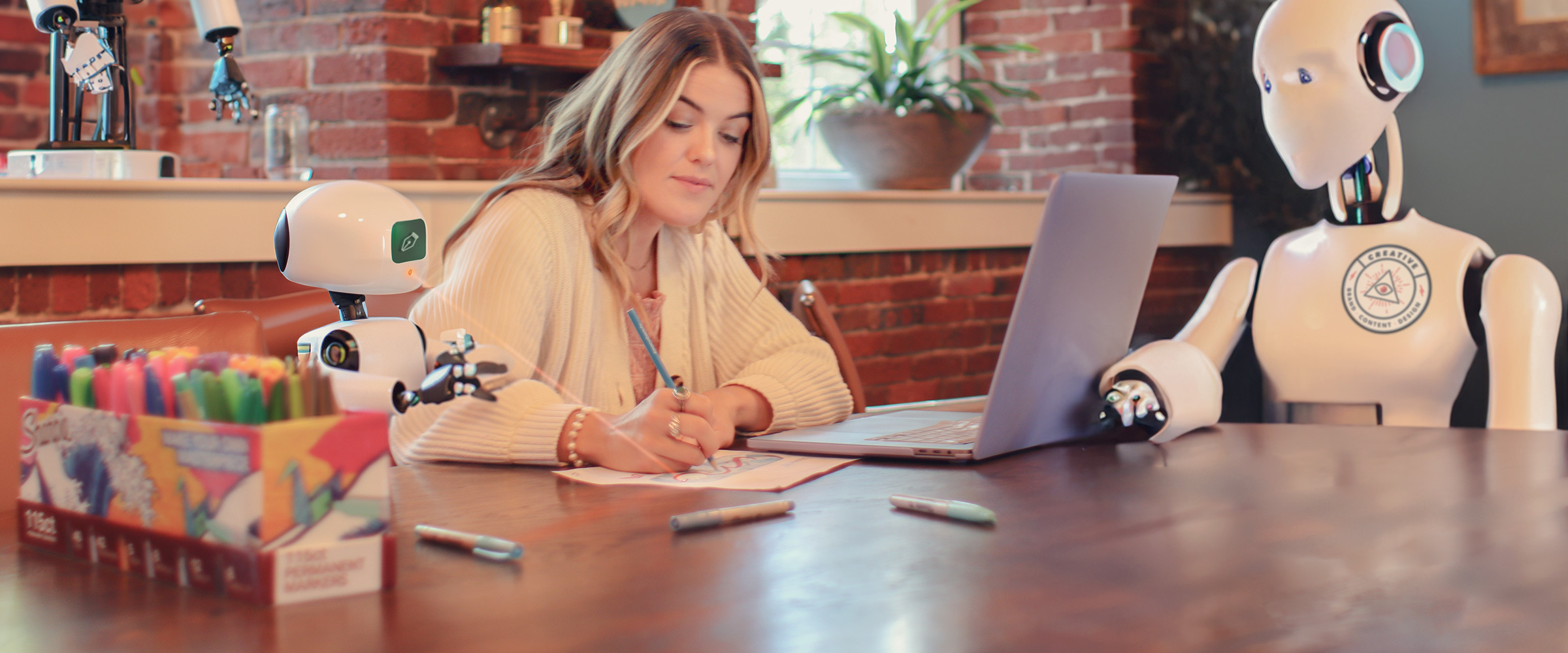
How using AI for design can optimize your workflow and provide results
Estimated reading time:
4 minutes
4 minute read
Posted on Aug 10, 2023
Aug 10, 2023
Let's take a look at how our Creative team is utilizing AI in our workflows, the tools we're using, and what we're hoping for in the future of AI for design.



